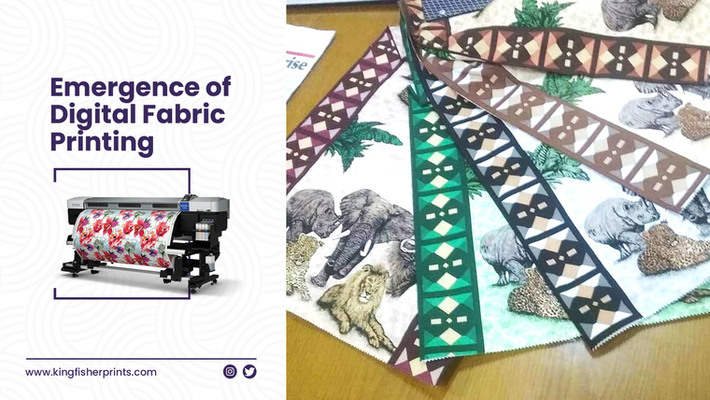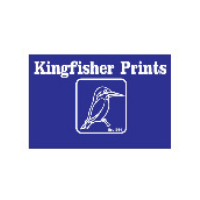
Digital printing technology started to appear in the 1990's. At first it involved printing onto transfer paper which was then heat set onto the fabric (dye-sublimation). The technology has evolved, whereby now we can sometimes print directly onto the fabric.
Digital textile printing technology is very fasting growing segment among other types of textile printing technologies, increasingly more printers are making the transition from conventional to digital textile printing trough decades because of many reasons such as…
1. High resolution, flexibility and fine patterns
Using of unlimited color combinations (digital printers are not limited to a maximum amount of rotary screens Digital textile printing uses less space than the conventional rotary screen printing. Moreover, it uses less power and ink.
It doesn’t require water for sublimation digital textile printing. All these factors keep the costs low. Therefore, you can get digital textile printing done without having to shell out a lot of money. Also with digital textile printing, the accuracy of color as well as print is clean and tidy.
So, if you’re seeing a design in an image, you can be sure that the color and print would be exactly the same when the fabric has been printed.
2. Savings energy and water
As there is no need to wash rotary screens in applying new colors. Digital textile printing involves very low power and water consumption as compared to conventional printing. As well as it uses significantly less ink and minimizes waste, while compared to screen printing. Considering the other forms of chemical waste from screen printing, digital textile printing offers a much more environment friendly process.
3. Low cost
because no need for screen engraving and color separation as well on there is more control parameters over print head performance while printing process running on.
4. Low sample costs
as there is no need to produce and test screens for individual patterns. Therefore, it is cost effective for smaller orders as you can get material printed of any size or dimension you wish. Even if you want a one-meter cloth printed, it is possible, since digital textile printing allows the printing of smaller runs much more effectively.
5. Fast sampling and short-term delivery
Fast sampling and short-term delivery designs made digitally and adjusted on the spot. Each adjustment in conventional screen printing requires a new rotary screen which slows down lead time.
6. Less or no stock
(brands move stock risks to brand owner ‘produce what you sold’ instead of ‘sell what you produce’).
7. Less waste
As droplets of ink are being printed very precisely on demand onto the fabric while conventional methods of printing required larger minimum amounts of fabric on account of the longer setup time.
8. Nickel freeNo nickel deposition of screens onto the fabric (stricter rules and regulations in the future).
9. Unlimited repeat size
As the repeat size is not limited to the diameter of the rotary screen.
10. Low capital investment
While comparing to rotary screen-printing production, it is possible to start small and expand as business grows



.png)
.png)